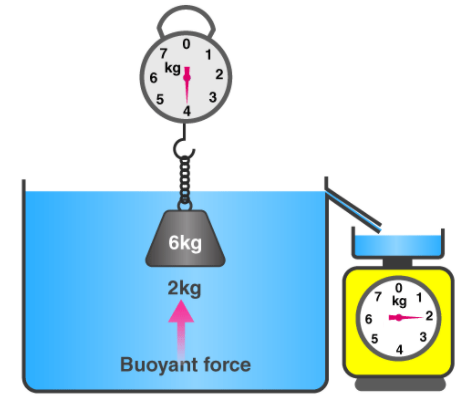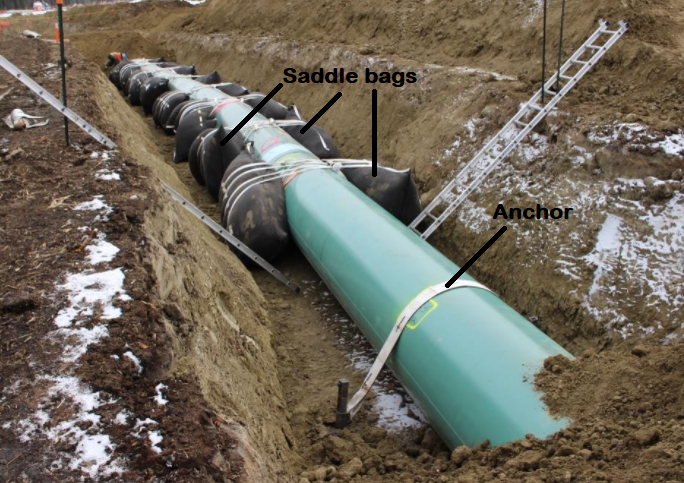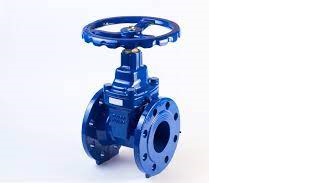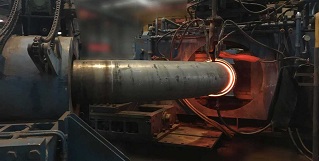Pipeline buoyancy must be considered anytime there is a possibility that pipe flotation could occur or be ready for dramatic damages to the pipeline. Although, it’s a simple calculation but an important aspect. In this article, I am going to discuss possibly all the important terms related to pipeline buoyancy. So, let’s begin:
Table of Contents
What is Buoyancy?
Buoyancy is nothing but an upward force acting on an object placed in a liquid. This upward force can make the object float on the water surface.
Archimedes’ principle states that when an object is immersed fully or partially in the fluid, the upward buoyant force exerted by the fluid on the object, is the same as the weight of the fluid displaced by the object.
You can verify the above definition with the help of below figure:

How to Calculate Buoyancy or Buoyant Force?
Buoyant force can be calculated using the below equation:

Where,
Fb = Buoyant force
ρ = Density of the fluid, the object is submerged in
g = Force of gravity
v = Submerged volume of the object or the displaced fluid volume
What is Pipeline Buoyancy?
Pipeline buoyancy is one of the major challenges that must be fixed when a pipeline is to be installed offshore, across a river, swampy terrain, flood plains, and high groundwater areas.
Any sections or parts of a pipeline subjected to buoyant force experience bending stress which may cause structural failure of the pipeline or connections failure such as flange leakage.
The pipeline tends to float when the total downward force i.e. the sum of the weight of the pipeline (Wp), weight of external corrosion coatings (Wc), and the weight of backfill material (Wbm), is lesser than the upward buoyant force acting on the pipeline.

Note: The pipeline shall be analyzed for buoyancy considering the pipeline is empty because there is the possibility of the pipeline being shut down for maintenance or for other reasons. The weight of the containing fluid will act as an additional factor of safety if the pipeline is being considered empty.
We have already seen the equation for buoyant force (Fb) calculation. Now we will see the equations for different weights and volume calculation:
Pipe Weight Calculation
The standard weight of pipes can be found in the respective codes and standards depending on the pipe specification. Although, it can be calculated using the below equation:

where,
Wb = pipe weight
D = outer diameter of the pipe (m)
d = inner diameter of the pipe (m)
ρ = density of pipe material (Kg/m^3)
Weight of External Coating
The weight of the corrosion coating applied to the pipeline can be neglected. But, the thickness of the coating must be added to the total outside diameter of the pipe.
Weight of the coating can be found by the below formula:

where,
Wc = weight of external coating
Dc = outside diameter of the pipe + coating thickness
D = outside diameter of pipe
ρ = coating material density
Weight of Backfill
The pipeline may be installed on or below the river or sea bed. When pipelines are buried, the weight of the soil or backfill material contributes significantly to mitigate pipeline floatation.
The formula below can be used to calculate the load due to backfill material:

Where,
Wbm = load due to backfill material
Pv = earth pressure
ρw = density of water
hw = height of water above the pipe
Dc = outside diameter of pipe + external coating thickness
Formula for earth pressure:

where,
ρw = density of water
hw = height of water above the pipe
Rw = water buoyancy factor
ρd = density of backfill soil
C = height of backfill above the pipe crown
Formula for water buoyancy factor:

where,
hw = height of water above the pipe
C = height of backfill above the pipe crown
Note: the weight of soil or backfill shall be considered in the analysis only if the pipeline is installed below ground elevation.
Weight of Fluid Displaced
The weight of the fluid displaced by the pipeline is a function of the volume of the submerged pipe. The weight of the fluid displaced can be determined with the formula below:

where,
Wf = weight of the fluid displaced
Dc = outer diameter of pipe + thickness of external coating
ρ = Fluid density
Weight of Fluid Containing inside the Pipe
The containing fluid weight can be calculated using the below equation:

where,
Wf = fluid weight
d = inner diameter of the pipe
ρ = Fluid density
By using the above formulas, it can be found that whether the pipeline will float or not. If the calculation proves that the pipeline may float then to cancel the the upward buoyant force, downward force will be required to upgrade.
Steps to Upgrade the Downward Force
Following steps can be followed for pipeline buoyancy mitigation:
- Increase the pipe wall thickness.
- Increase pipeline burial depth, in case of underground pipeline.
- Add concrete collars.
- Add saddle bags.
- Use the screw anchors.
- Make sure that pipeline will not be empty, if considering the containing fluid weight.

If you want to learn in more detail about buoyancy in terms of pipeline stress analysis, you may visit here.
References
- cyntech.com
- epcmholdings.com
- ASME B31.8: Gas Transmission and Distribution Piping Systems
- ASCE: Guidelines for the design of buried steel pipes
- https://www.rinkerpipe.com/TechnicalInfo/files/InfoBriefs/IS402PipeBuoyancy.pdf
You may also like to read
- Latest Release of CAESAR II Saves Time & Money on Piping Projects
- A Presentation on Expansion Loops
- Different Types of Pipe Support Clamps & Hangers
- A Presentation on Pipe Stress Analysis
- Use of Floating and Fixed Roof Tanks
- To Bury or Not to Bury: Storage Tank
- Case Study of Storage Tanks Layout or Tank Farm
- Tank Farm Design Considerations and Layout
- Pump Piping Design Considerations




Good job! Thank you for your sharing this information, and sorry for my English.
I wanna to ask you, maybe are you have any courses?
Hello Serik, I am glad you like the information.
Dear, I do not provide additional training. If the time permits, in the future I may design some courses.
Thank You!
May i know, can we consider soil shear force as resistant force to the flotation?